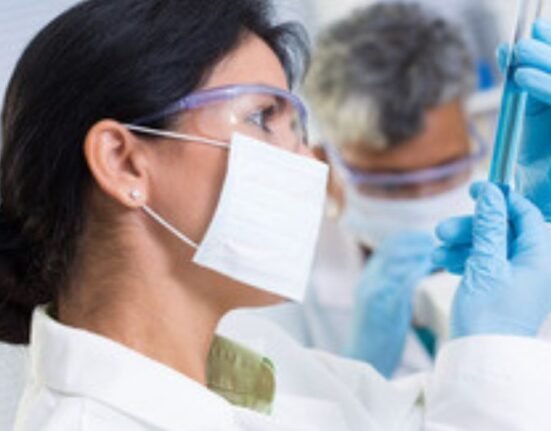HQ Team
June 9, 2025: Canadian researchers have discovered a new candidate to fight drug-resistant bacteria, about three decades after the last antibiotic was developed to fight antimicrobial resistance (AMR).
The new class of antibiotics, called lariocidin, to challenge some of the most drug-resistant bacteria, was identified by Gerry Wright, a professor in McMaster’s department of Biochemistry and Biomedical Sciences and a researcher at the Michael G. DeGroote Institute for Infectious Disease Research.
“Our old drugs are becoming less and less effective as bacteria become more and more resistant to them,” said Wright. “About 4.5 million people die every year due to antibiotic-resistant infections, and it’s only getting worse.”
Lasso peptide
The new molecule, a lasso peptide, binds directly to a bacterium’s protein synthesis machinery in a completely new way from other antibiotics, inhibiting its ability to grow and survive.
The discovery could address a critical need for new antimicrobial medicines, as bacteria and other microorganisms evolve new ways to withstand existing drugs.
“The initial discovery — the big A-ha moment — was astounding for us, but now the real hard work begins,” Wright said. “We’re now working on ripping this molecule apart and putting it back together again to make it a better drug candidate.”
Antimicrobial resistance is one of the top global public health threats, and Wright said discovering new drugs is a key part of the solution.
‘New mode of action’
“This is a new molecule with a new mode of action,” Wright says. “It’s a big leap forward for us.”
Lariocidin is produced by a type of bacteria that the researchers retrieved from a soil sample collected from a Hamilton backyard.
The research team allowed the soil bacteria to grow in the lab for approximately a year, which helped reveal even slow-growing species that could have otherwise been missed.
One of these bacteria, Paenibacillus, was producing a new substance that had strong activity against other bacteria, including those typically resistant to antibiotics.
“When we figured out how this new molecule kills other bacteria, it was a breakthrough moment,” says Manoj Jangra, a postdoctoral fellow in Wright’s lab.
In addition to its unique mode of action and its activity against otherwise drug-resistant bacteria, lariocidin provided other advantages.
Not toxic to human cells
It’s not toxic to human cells and is not susceptible to existing mechanisms of antibiotic resistance. It also works well in an animal model of infection.
Wright and his team are now focused on finding ways to modify the molecule and produce it in quantities large enough to allow for clinical development.
Because this new molecule is produced by bacteria, and “bacteria aren’t interested in making new drugs for us,” it will take more time and resources before lariocidin is ready for market, Wright said.
The study was published in Nature.








